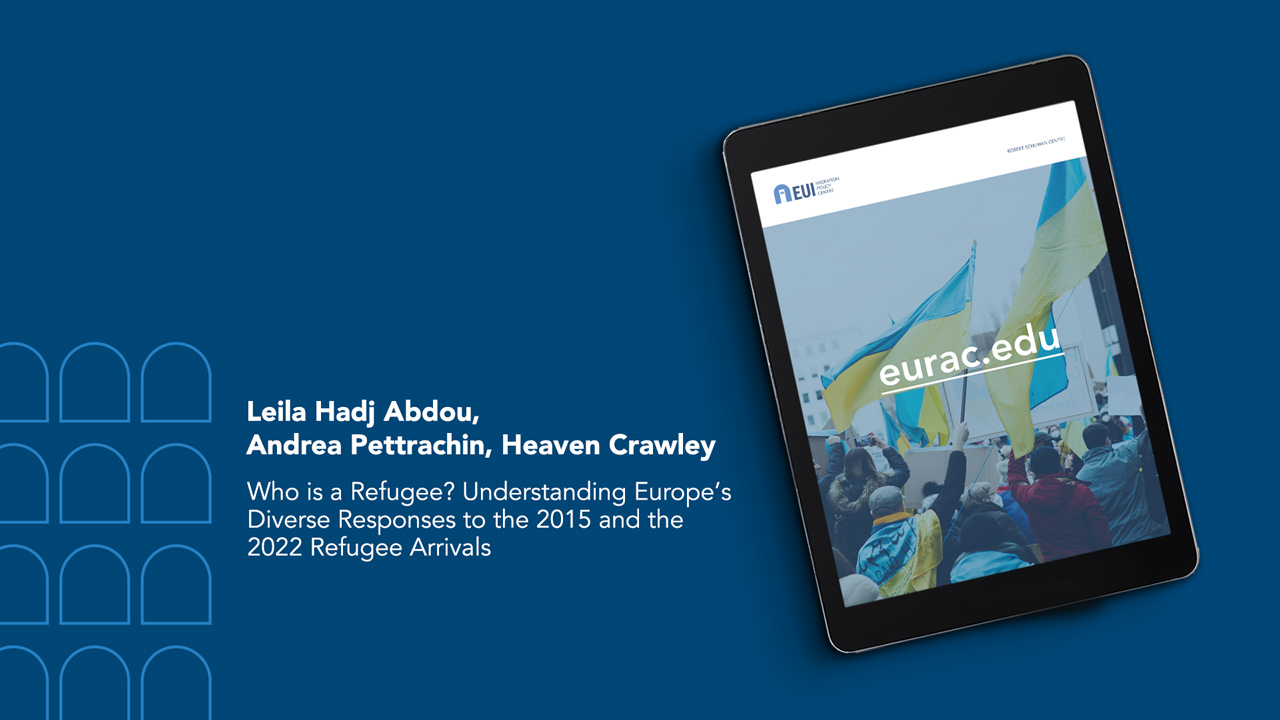There is an EU-wide consensus – including leaders of many radical right anti-immigration parties – about the need to welcome refugees escaping the war in Ukraine. For the first time ever, the European Union, which was in a state of deadlock for years over common action in the field of asylum, has decided to use its Temporary Protection Directive to grant refugees coming from Ukraine a residence permit, and access to education and the labour market. Recent polls suggest that the vast majority of Europeans – including voters of radical right anti-immigration parties – are supporting policymakers’ decisions to welcome Ukraine refugees.
Many migration scholars were puzzled by this response and have been debating for weeks how to understand it. We – Leila Hadj Abdou and Andrea Pettrachin – ourselves developed some initial thoughts on how to explain what we call a U-turn in European policy responses and public attitudes towards refugees in a recent contribution for the LSE EUROPP Blog.
In this piece, we have referred not only to geographic proximity but also to the perception of Ukraine as culturally and ethnically similar to hosting societies in the EU as a key driver of the welcoming attitudes towards refugees from the region. The case of Italy is paramount in this respect: Italy is closer to Tunisia and Libya than it is to Ukraine, but arrivals from these countries were met with a far less welcoming response. Furthermore we make reference to the powerful mediatization of the Ukrainian war and refugees’ stories and desperate conditions, which points to the role of cues picked up from the media in influencing how policymakers – and individuals – make sense of these events.
Some additional factors, however, need to be accounted for to understand recent developments.
This is a part of a blog post by Leila Hadj Abdou, Andrea Pettrachin and Heaven Crawley.
